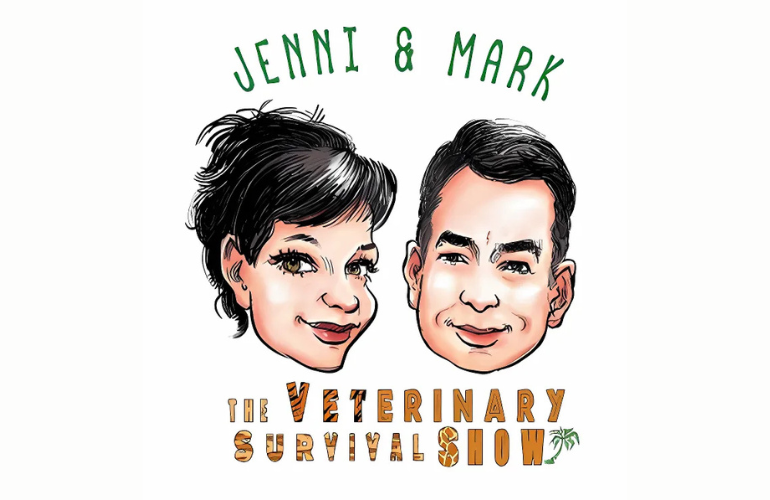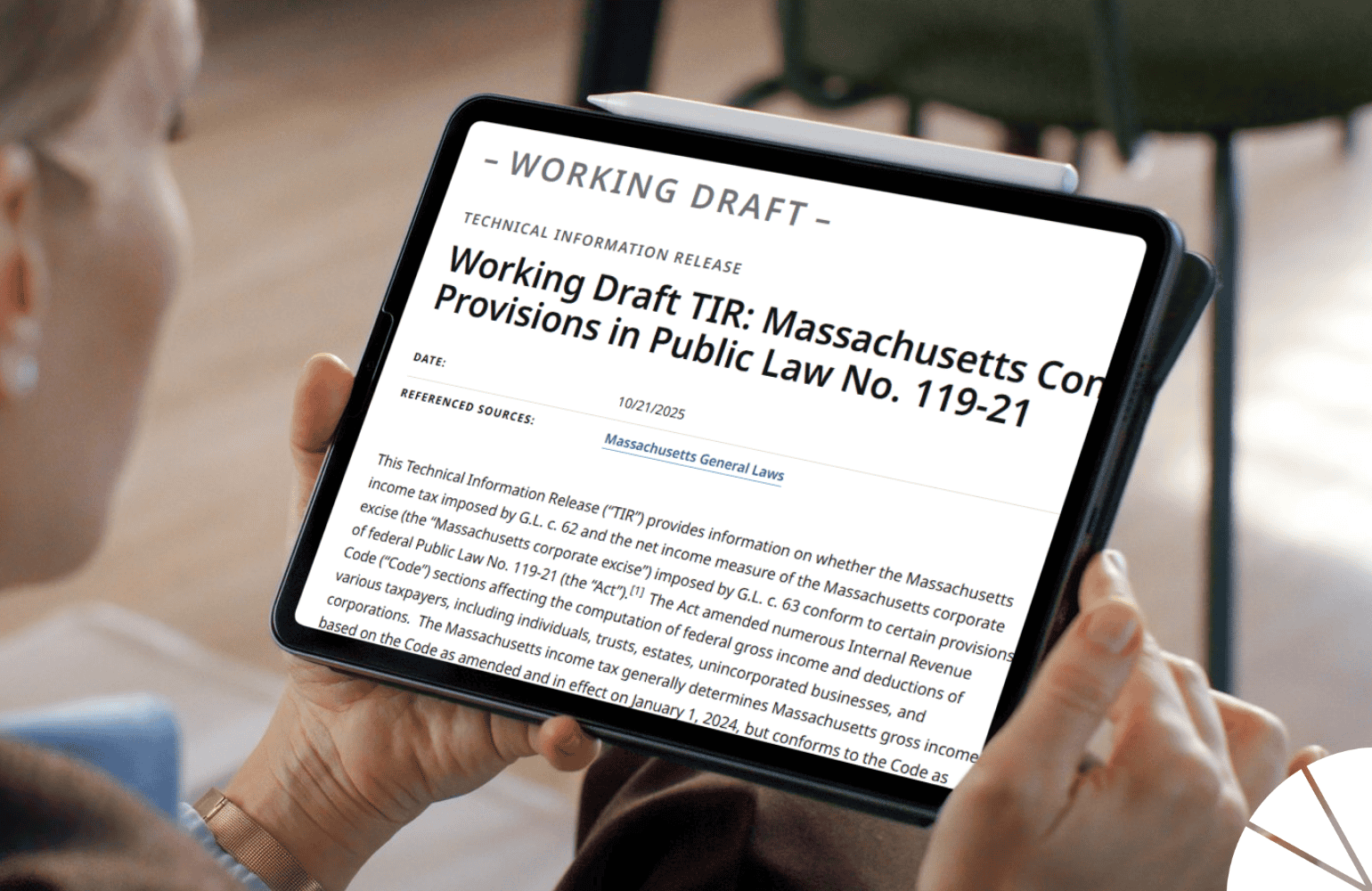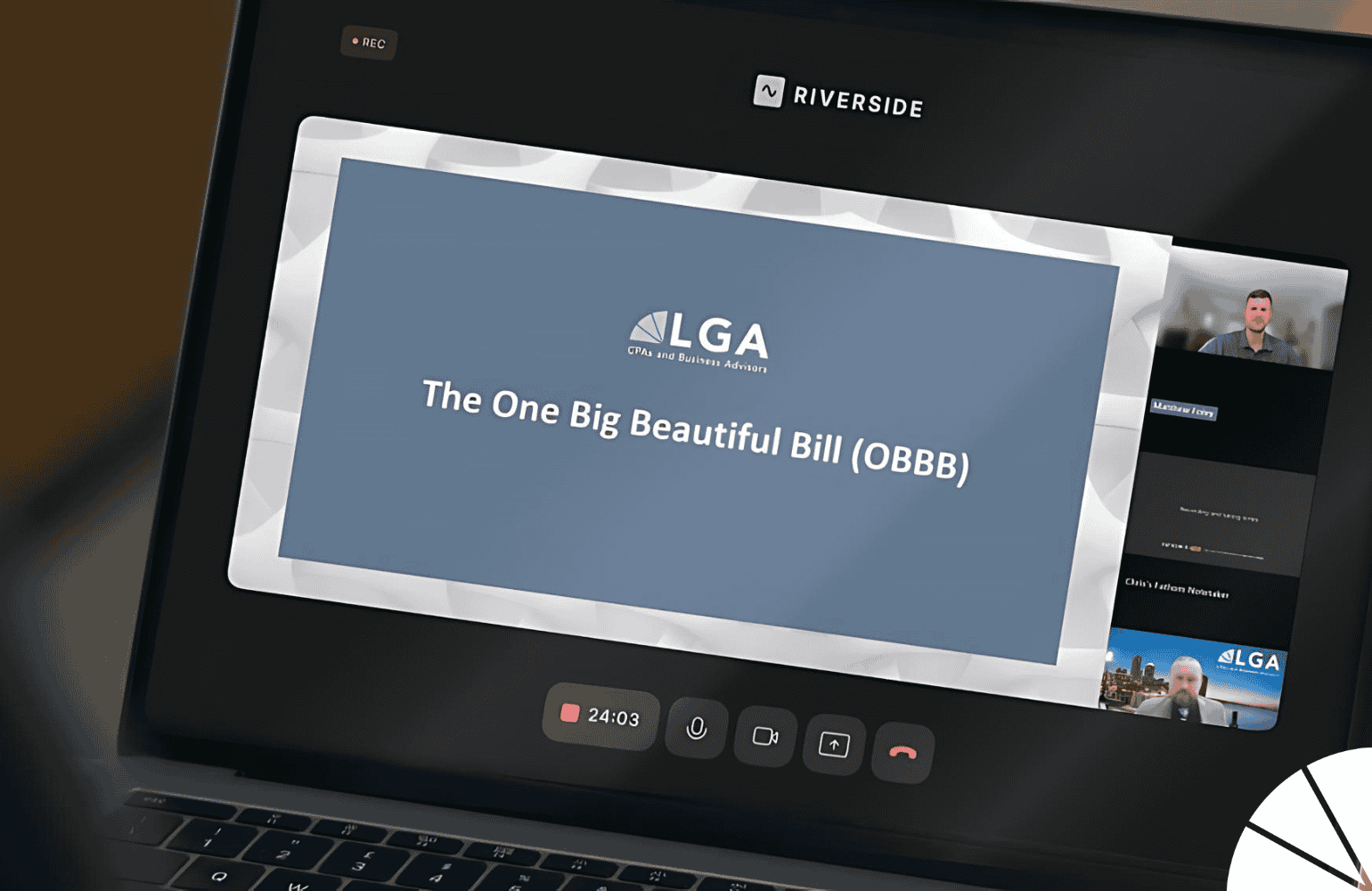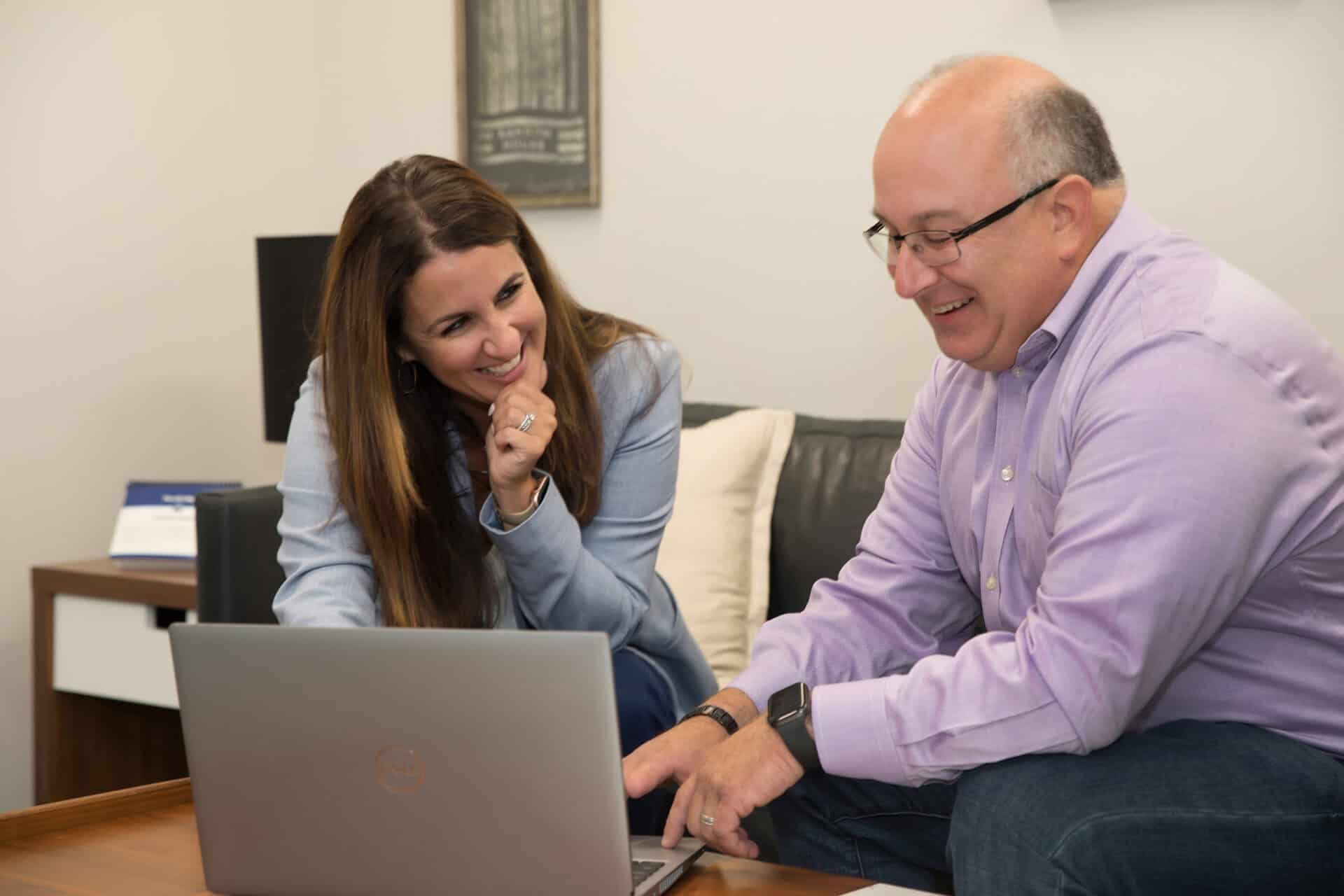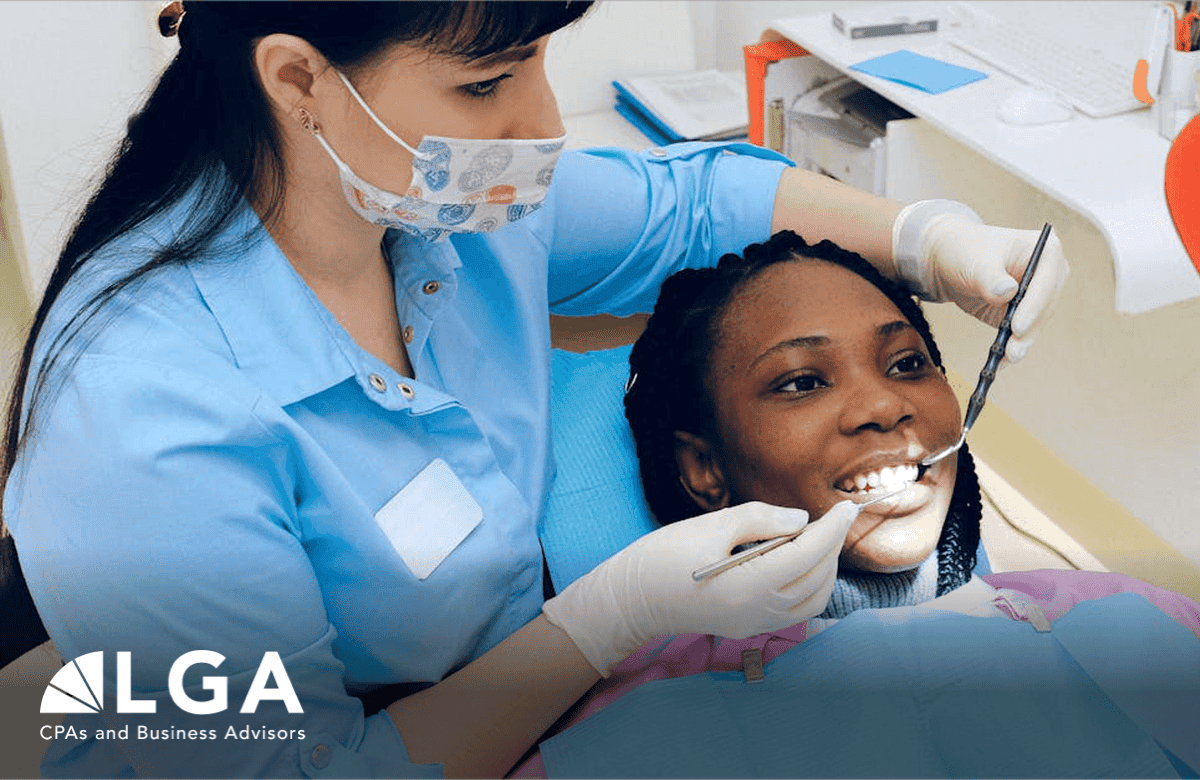
Authored by Aprio
Summary: Dental practices may be able to qualify for R&D tax credits for developing or improving new dental products, procedures, or techniques.
Research and development (R&D) tax credits can be a tremendous benefit to companies performing innovation in the United States. Federal and state R&D credits provide a dollar-for-dollar offset against taxes owed or paid, enabling companies to reinvest in innovation.
While most people assume R&D tax credits are reserved for laboratory work performed by researchers, any business that engages in activities to invent or improve a product, process, software, technique, or formula may be eligible for the R&D credit — even dental practices. While R&D is most common in software, pharmaceuticals, and industrial manufacturing, businesses in less apparent industries (e.g., healthcare) can also potentially qualify.
What Does the R&D Tax Credit Mean for Dental Practices?
Dental practices can be eligible for the R&D tax credit on a variety of premises, depending on the type of activities they perform and how involved the staff are in the actual experimentation process. The credit is calculated based on a range of eligible expenses, including employee wages, qualifying supplies, and payments to contractors engaged in R&D efforts. Practices with a larger number of employees who possess technical or scientific backgrounds often have greater potential to generate higher credits.
But First — What is the R&D Tax Credit?
The federal R&D tax credit was established in 1981 in Section 41 of the Internal Revenue Code (IRC) as a tax incentive for U.S. businesses, regardless of size or industry, that incur expenses related to developing or improving products, processes, software, or techniques. For the purposes of the tax credit, R&D activities related to the incurred expenses must intend to develop or improve the function, performance, reliability, and/or quality of a “business component” and must be grounded in a hard science (e.g., engineering, chemistry, biological science). To qualify for the credit, research activities must also involve technical uncertainty. In other words, companies conducting R&D aim to answer a technical question or solve a technical issue that is uncertain at the outset. For example, dental practices may be uncertain of the capability or method for determining which composite materials offer strong adhesion, efficient cure times, and low failures to streamline a treatment process while minimizing complications.
Finally, research activities must include a process of experimentation to qualify. A process of experimentation, in the context of the R&D credit, is similar to the scientific method in which developers, engineers, or other staff evaluate alternative methods or processes, develop, refine, test, or discard hypotheses, and conduct trial and error testing, modeling, simulations, or other methods to arrive at an answer.
How Can Dental Practices Qualify for the R&D Tax Credit?
The value of a practice’s R&D tax credit depends on the extent of its investment in qualifying research activities. Those who are involved in the design, prototyping, and testing of new techniques, procedural processes, technologies, and appliances are more likely to qualify.
Examples of possible qualifying activities include:
- Developing innovative prototypes for dental appliances or tooling
- Designing and/or developing software or AI tools to support practice operations
- Patenting cutting-edge techniques
- Implementing advanced dental technologies
- Testing or evaluating new or improved dental materials
For the scenarios above to qualify as an R&D activity, employees must face technical uncertainty related to improving or inventing a product, technique, or process. However, arriving at a conclusive answer or using a novel product in the field is not required, nor is achieving the desired outcomes. For instance, determining the anatomical impacts of the experimental design for a new oral appliance may require multiple tax years to observe conclusive results. Nonetheless, R&D performed as part of a multi-year effort can still qualify.
R&D efforts that result in failure may also qualify for the tax credit. For example, if employees dedicated several months to the design of a new appliance that resulted in poor quality or failed to support the alignment of teeth as expected, such efforts could still potentially qualify. “Success” is not a requirement for R&D.
What doesn’t qualify?
While understanding which activities and expenses could qualify for R&D is important, it is equally beneficial to understand what R&D does not include.
For example, activities around marketing, consumer preferences and behavior, aesthetics, and routine techniques or treatments do not qualify as R&D. Though important aspects of running a business, they do not fall under the definition of R&D as defined by the IRC. Additionally, while conducting market research about a new computer-aided manufacturing (CAM) milling machine does not qualify, activities dedicated to developing a new proprietary technique for scanning and modeling dental implants that involve trial-and-error and technical refinement might qualify if such activities must rely on principles of biology or chemistry and require iterative experimentation.
Establishing Appropriate Business Components
As previously mentioned, qualified research activities must seek to develop or improve a business component, and the R&D tax credit requires taxpayers to define one or more business components. The IRC defines a business component as any product, process, computer software, technique, formula, or invention that is intended to be held for sale, lease, or license, or used by the taxpayer in its trade or business.
For dental practices, a business component could be a new technique for improving the efficiency of same-day crown fabrication, a proprietary workflow for employing digital impressions with CAD/CAM systems, or a process designed to increase the accuracy of implant placement through iterative testing and refinement, among many more possibilities.
Best Practices When Claiming the R&D Tax Credit
Dental practices interested in claiming the R&D tax credit should consult with a qualified R&D credit advisor to understand the specific nuances of what does and does not qualify based on clinical and operational activities.
The credit requires detailed supporting documentation to substantiate research efforts, which the IRS may request during an audit. Contemporaneous documentation proving qualification is the only evidence that will sustain a credit under audit, although claiming the credit will not increase a company’s risk of an audit.
Dental practices pursuing the credit should maintain well-organized documentation, such as records comparing the performance of traditional crown fabrication methods versus experimental workflows using CAM technology, internal memos discussing the technical challenges of integrating new scanning protocols, emails outlining proposed solutions to improve restoration accuracy, and presentation materials showing how the team evaluated alternative techniques through a process of experimentation.
Final Thoughts: Claiming the R&D Tax Credit
Claiming the R&D tax credit can help dental practices increase cash flow, boost profitability, and fund additional innovation. The right advisor will walk through qualified vs. unqualified expenses and even coordinate with your current tax team to make the process as simple as possible.
Please connect with your advisor if you have any questions about this article.
This article was written by Aprio and originally appeared on 2025-10-13. Reprinted with permission from Aprio LLP.
© 2025 Aprio LLP. All rights reserved. https://www.aprio.com/does-your-dental-practice-qualify-for-the-rd-tax-credit-ins-article-tax/
“Aprio” is the brand name under which Aprio, LLP, and Aprio Advisory Group, LLC (and its subsidiaries), provide professional services. LLP and Advisory (and its subsidiaries) practice as an alternative practice structure in accordance with the AICPA Code of Professional Conduct and applicable law, regulations, and professional standards. LLP is a licensed independent CPA firm that provides attest services, and Advisory and its subsidiaries provide tax and business consulting services. Advisory and its subsidiaries are not licensed CPA firms.
This publication does not, and is not intended to, provide audit, tax, accounting, financial, investment, or legal advice. Any tax advice contained in this communication (including any attachments) is not intended or written to be used, and cannot be used, for the purpose of (i) avoiding penalties under the Internal Revenue Code or under any state or local tax law or (ii) promoting, marketing or recommending to another party any transaction or matter addressed herein. Readers should consult a qualified tax advisor before taking any action based on the information herein.
